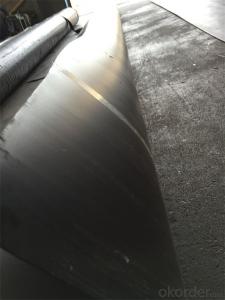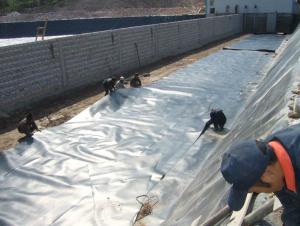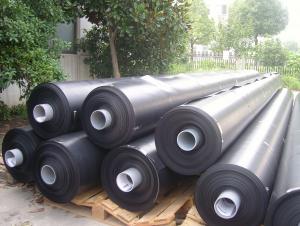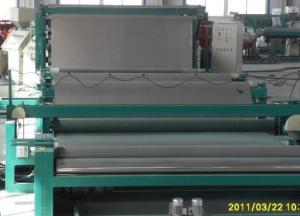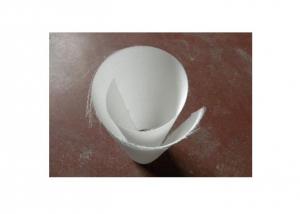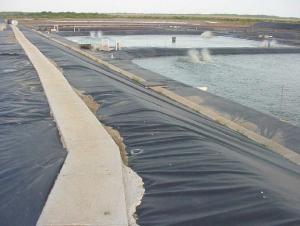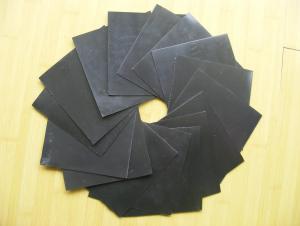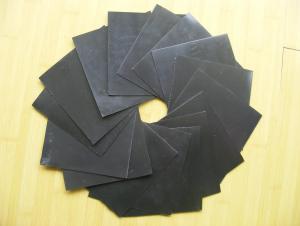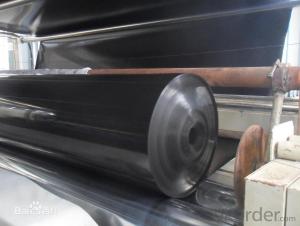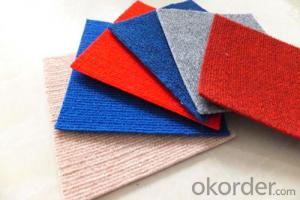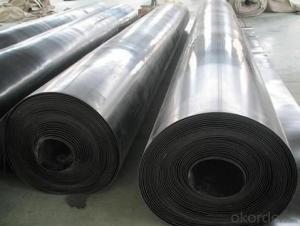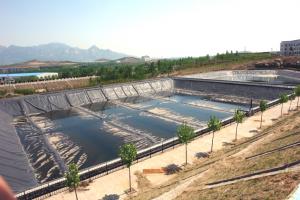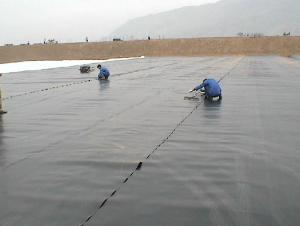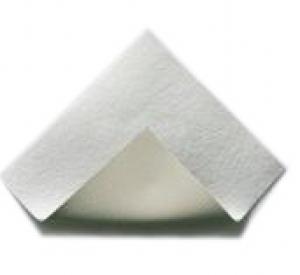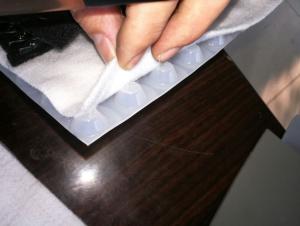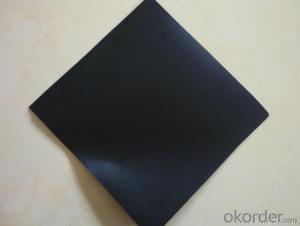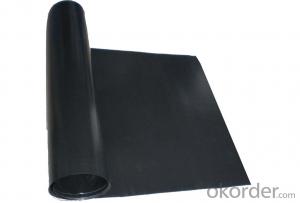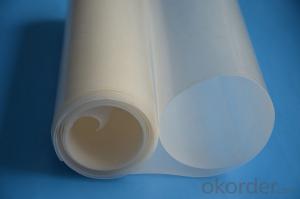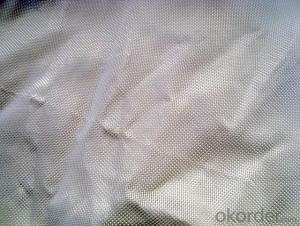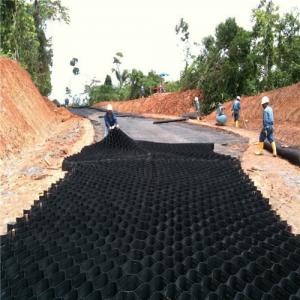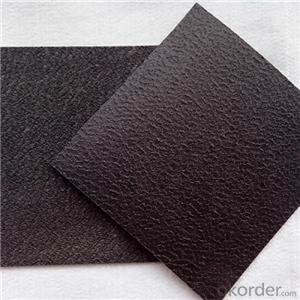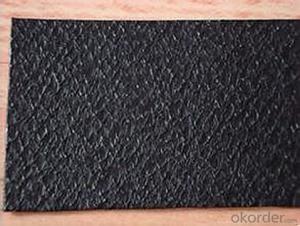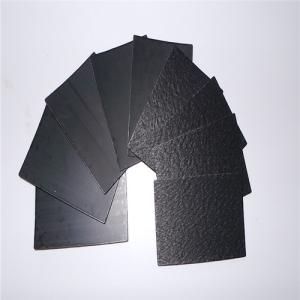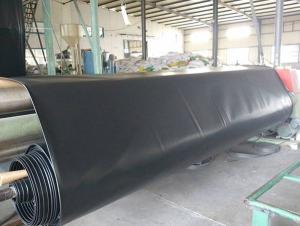Gm13 Geomembrane
Gm13 Geomembrane Related Searches
Bgm Geomembrane Gse Geomembrane Permeable Geomembrane Geocomposite Membrane Geomembrane Thickness Geomembrane Material Geomembranes Conductive Geomembrane Geomembrane Machine Geomembrane Containment Plastic Geomembrane Geomembrane Landfill Waterproof Geomembrane Geomembrane Tanks Geomembrane Impermeable Landfill Geomembrane Bitumen Geomembrane Geomembrane Film Geomembrane Waterproofing Firestone Geomembrane Geomembrane Self Adhesive Reinforced Geomembrane Pvc Geomembrane Gse Hdpe Geomembrane Geomembrane Company China Geomembrane Geomembrane Materials Geomembrane Epdm Geomembrane Products Geomembrane LinersGm13 Geomembrane Supplier & Manufacturer from China
Gm13 Geomembrane is a high-quality product designed for various applications in the field of civil engineering and environmental protection. This product is made from advanced materials and is known for its exceptional strength, durability, and resistance to chemical and environmental factors. It is widely used in applications such as landfill liners, wastewater treatment plants, reservoirs, and other projects where water and chemical resistance are crucial.Gm13 Geomembrane is utilized in a variety of scenarios where waterproofing and containment are essential. It is particularly effective in preventing the leakage of hazardous substances and protecting the environment from potential contamination. The product is also used in agricultural applications, such as pond liners and canal lining, to prevent water loss and maintain the integrity of the structure. Its versatility and reliability make it a preferred choice for professionals in the industry.
Okorder.com is a reputable wholesale supplier of Gm13 Geomembrane, offering a vast inventory to cater to the needs of various projects. With a strong commitment to quality and customer satisfaction, Okorder.com ensures that the Gm13 Geomembrane products they provide meet the highest industry standards. Their extensive stock allows them to deliver products promptly, ensuring that projects are not delayed due to supply chain issues.
Hot Products
